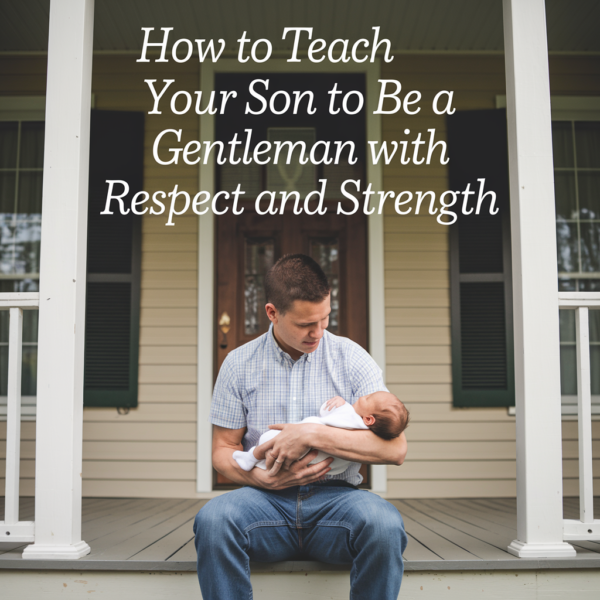Every man reaches a point in life when he recognizes the power of a well-fitted suit. It could be for that all-important job interview, a wedding, or simply the desire to add a touch of sophistication to his wardrobe. If you never had the privilege of a father or mentor guiding you through this rite of passage, fret not. This guide, crafted from the perspective of a fellow man who’s been there, will lead you through the maze of fabrics, cuts, and styles, ensuring you step out looking sharp and feeling confident.

Understanding the Suit’s Purpose
Before diving deep into the world of suits, it’s crucial to identify the purpose of your suit. Is it for a business setting, a special occasion, or versatile everyday wear? Your purpose will guide your choices, from color to cut.
Fabric Matters
The fabric plays a significant role in how a suit drapes on your body and its comfort.
- Wool: The most common suit fabric. It’s versatile, wrinkle-resistant, and comes in various weights and textures. Perfect for both daily wear and special occasions.
- Cotton: Lightweight and breathable, cotton suits are great for warmer climates but tend to wrinkle easily.
- Linen: Ideal for hot weather, linen suits are lightweight but can wrinkle and crease quickly.
- Silk: Luxurious and lightweight, silk suits have a natural sheen and are perfect for special occasions.
The Right Fit
A suit’s fit is paramount. Even an expensive, high-quality suit can look shoddy if it doesn’t fit correctly.
- Jacket Shoulder: The shoulder seams should lie flat and align with your shoulders’ edges.
- Jacket Length: The back of the jacket should fall comfortably, covering your rear.
- Sleeve Length: Sleeves should end just above the wrists, showing about half an inch of your shirt cuff.
- Trousers: They should sit at your waist (not your hips) and break slightly on your shoes.
Suit Styles
Different occasions call for various suit styles:
- Single-Breasted: The most common style, with one set of buttons and a narrow overlap of material. Versatile and suitable for almost any occasion.
- Double-Breasted: Features two rows of buttons with a broader overlap of material. It’s more formal and best reserved for special occasions.
Color Selection
- Navy & Charcoal: Ideal starting colors. They’re neutral, professional, and versatile.
- Black: Best reserved for formal occasions.
- Light Grays & Tans: More casual and great for daytime events.
Accessorize Wisely
Accessories can elevate your suit game:
- Ties: Consider width, material, and pattern. When in doubt, solid colors like navy or red are a safe bet.
- Shoes: Stick with classic styles like Oxfords or Derbies in black or brown.
- Belts: Your belt should match your shoes in color and texture.
Always Tailor
Lastly, and most importantly, always tailor your suit. Off-the-rack suits might not offer a perfect fit, but a skilled tailor can make the necessary adjustments to ensure you look polished.
Buying a suit, especially without a guiding hand, might seem overwhelming. But with the right knowledge, it becomes a transformative experience. Every man deserves to look and feel his best, and a suit is a testament to that. So walk into that store with confidence, armed with this guide, and step out as the best-dressed version of yourself.
As an Amazon Associate we earn from qualifying purchases through some links in our articles.




